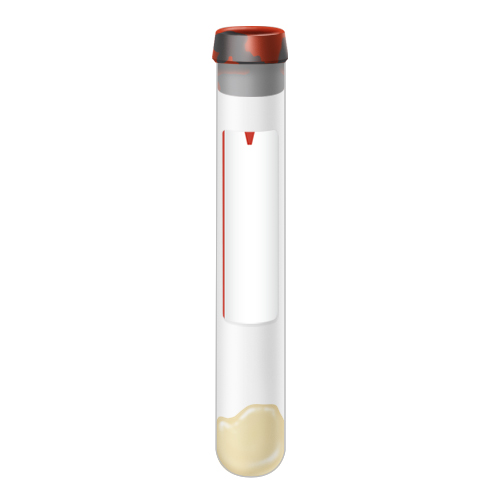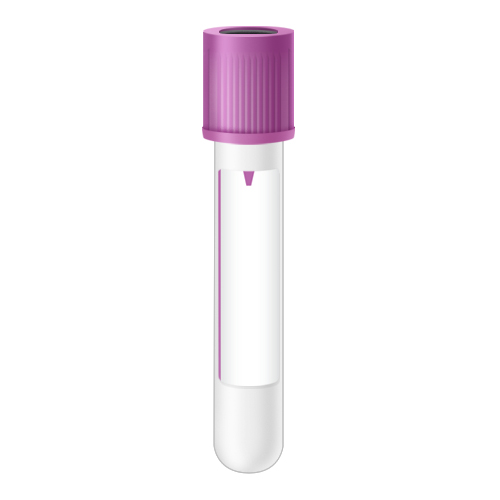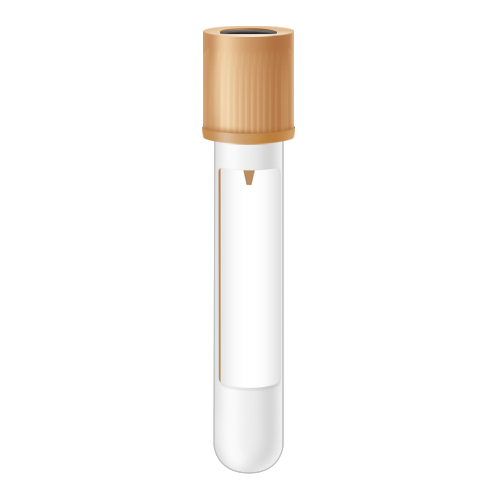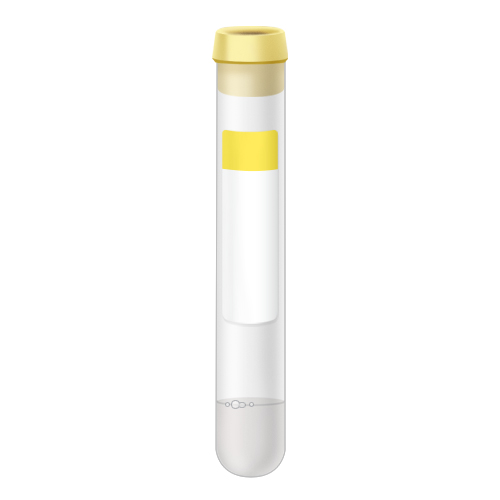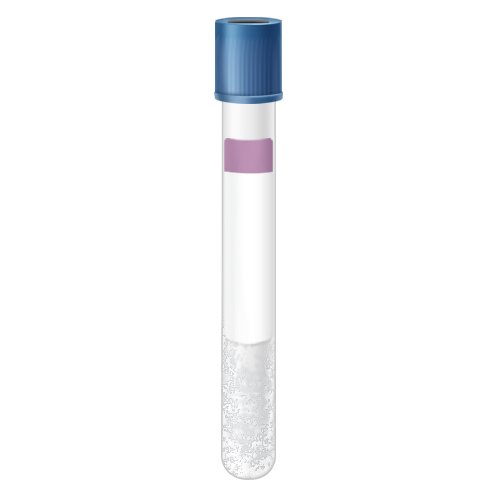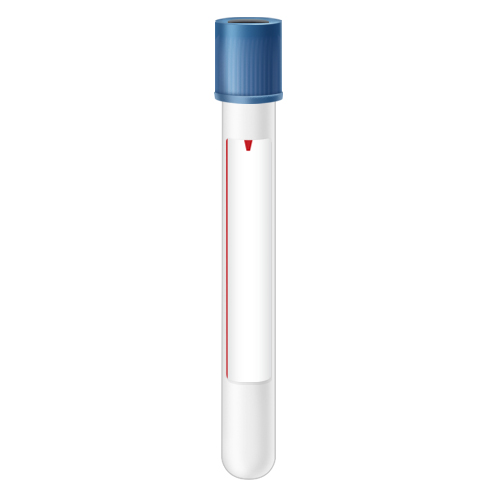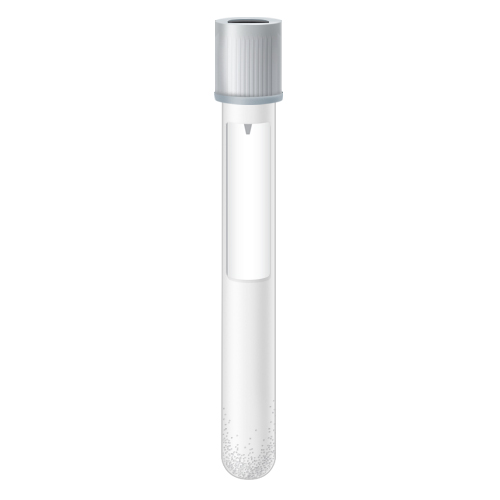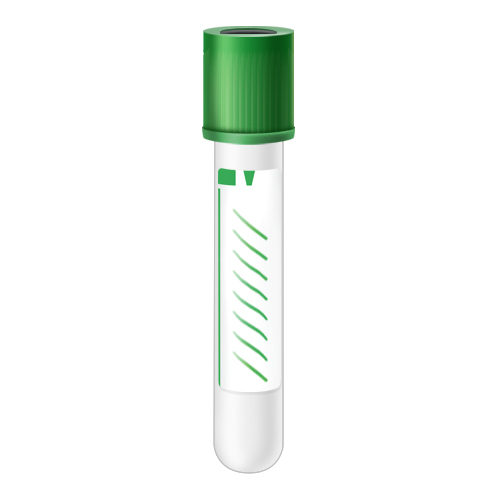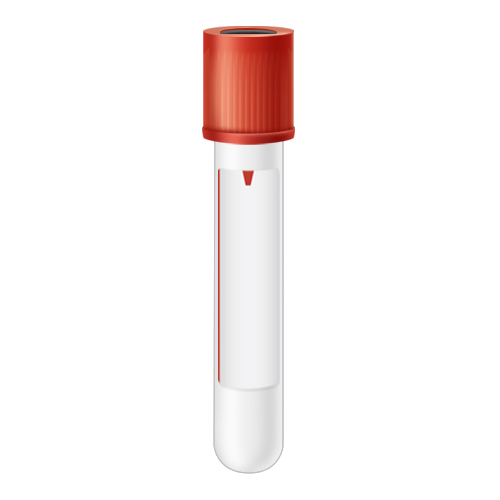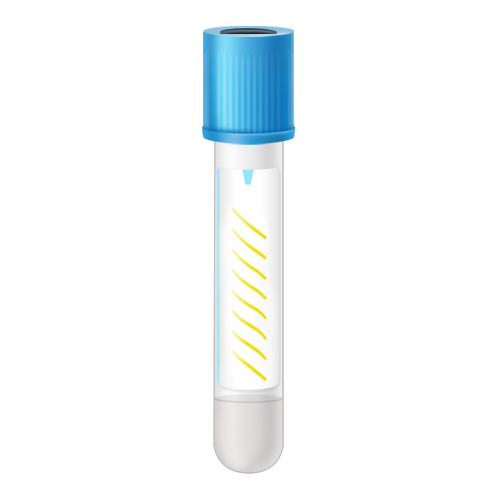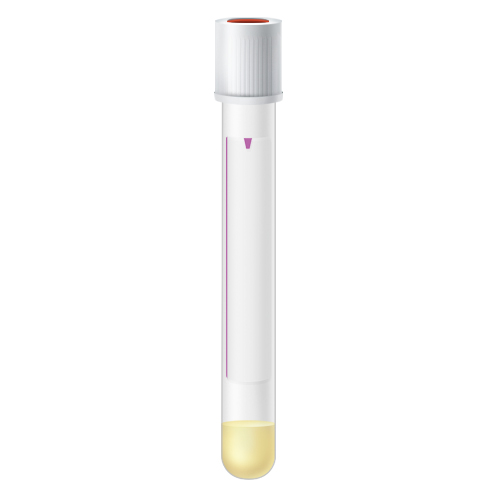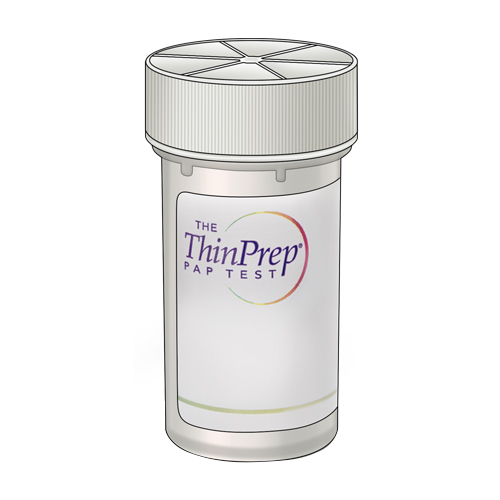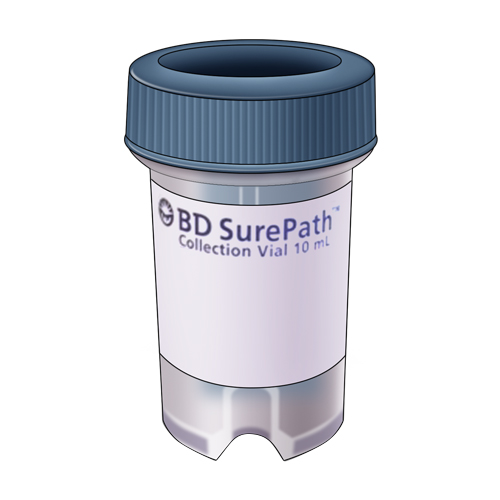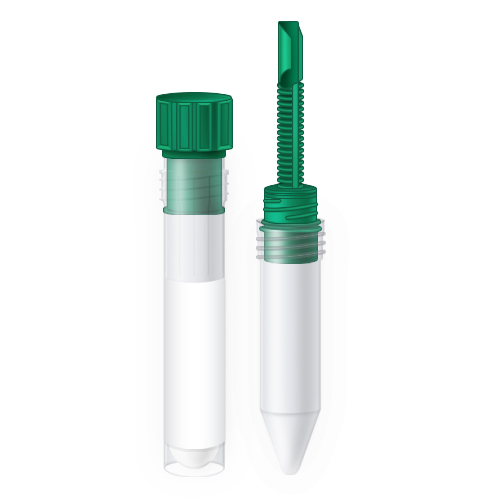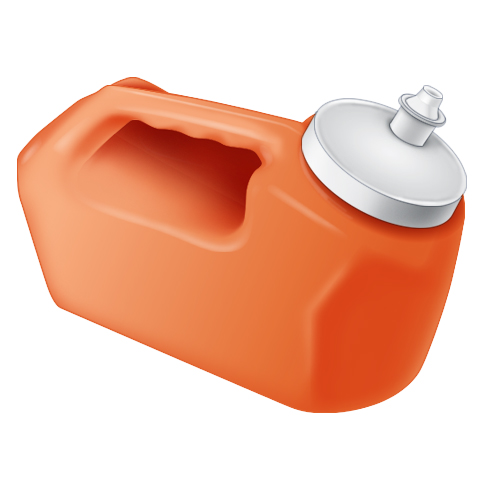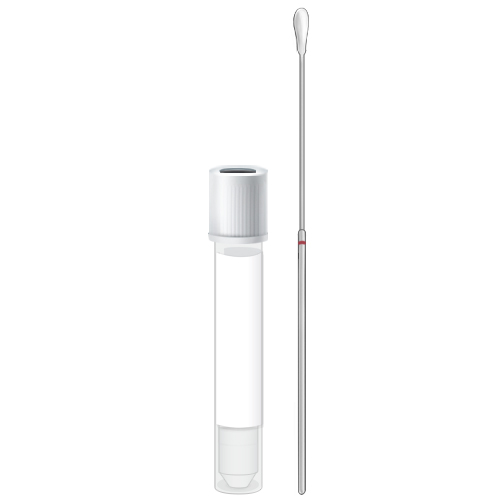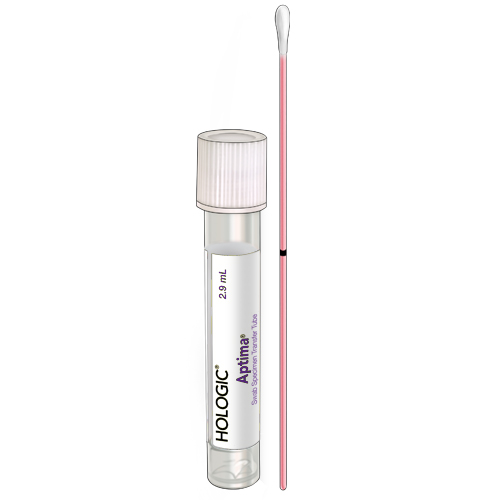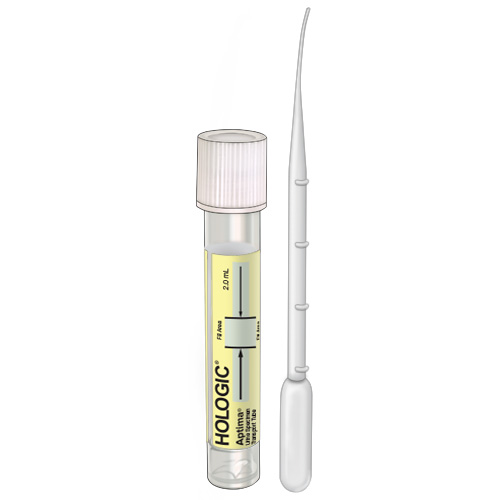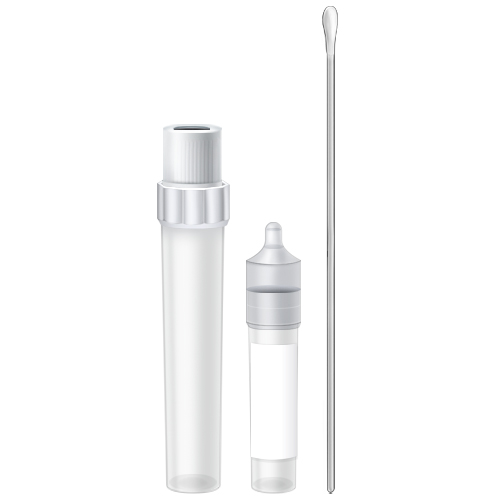Did you know – Nearly 800,000 strokes happen each year in the United States and about 1 in every 6 deaths from cardiovascular disease was due to stroke, according to the CDC.* May is American Stroke Awareness Month, a time to time to learn about the signs of stroke, the risks of stroke, and stroke prevention.
Act F.A.S.T.
A stroke is a serious medical condition caused by blocked blood flow to the brain that requires immediate medical attention. F.A.S.T. is an easy acronym to help people remember stroke symptoms. Learning the F.A.S.T. warning signs and acting fast on them could be the difference in saving a life.
- F—Face Drooping: Ask the person to smile. Does one side of the face droop?
- A—Arm Weakness: Ask the person to raise both arms. Does one arm drift downward?
- S—Speech: Ask the person to repeat a simple phrase. Is the speech slurred or strange?
- T—Time: If you see any of these signs, call 9-1-1 right away.
Know Your Risk of Stroke
You can help prevent stroke by making healthy choices and controlling any health conditions you may have. People with heart disease, high cholesterol, high blood pressure, or diabetes can take steps to lower risk for stroke. Here are steps the CDC recommends those at higher risk:
- Test and manage cholesterol
- Control Blood Pressure
- Control Diabetes
- Treat Heart Disease
- Take Your Prescription Medicine
- Work with Your Health Care Team
If you are at risk, talk with your healthcare provider about steps you can take to lower your risk for stroke. In your conversations, ask about appropriate diagnostic testing options that can identify the medical conditions that lead to stroke, such as cholesterol and other cardiovascular tests.
If you are a healthcare provider, click here to begin ordering diagnostic tests for your patients from BioReference.
Source:
Centers for Disease Control and Prevention https://www.cdc.gov/stroke/facts.htm


